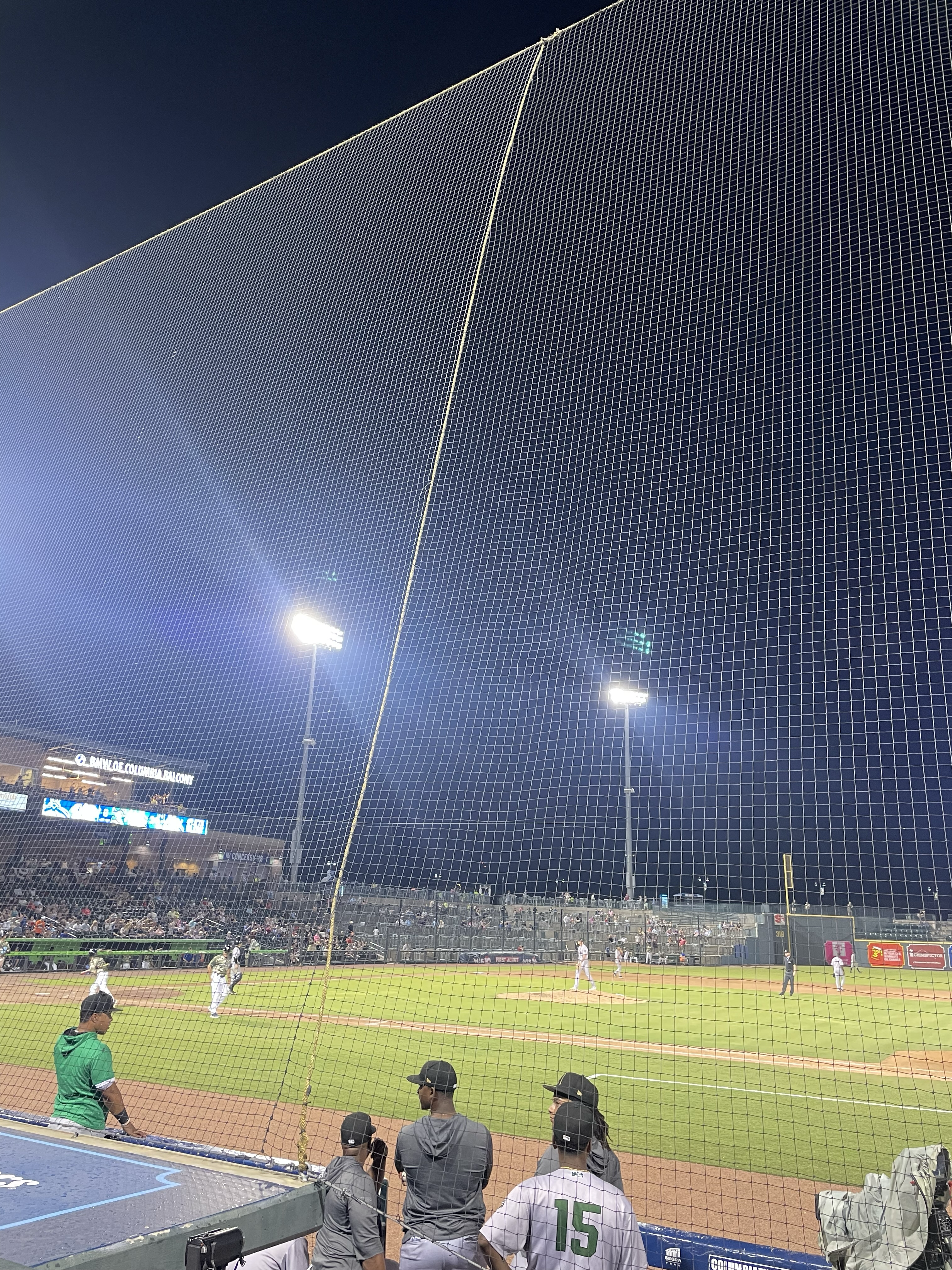Years ago when I started selling my typefaces, my goal was to keep prices low. At the time, the prevailing wisdom on MyFonts was to set prices insanely high, then run massive promotions to lower the price to something reasonable. That seemed wrong to me. I just wanted to set the prices low to keep my typefaces affordable. Over the last decade or so, the situation has changed. MyFonts recommends that a single font start at $20. Apparently, if I set my prices too low, MyFonts won’t promote them. Subscription services are further complicating the pricing structure.
Setting prices for any artist is challenging, but I’ve noticed over time that most artists initially set their prices too low. I think I’ve fallen into that trap. I’m working on a new release right now1 and I’ve decided that I need to finally shift my pricing strategy. On August...






